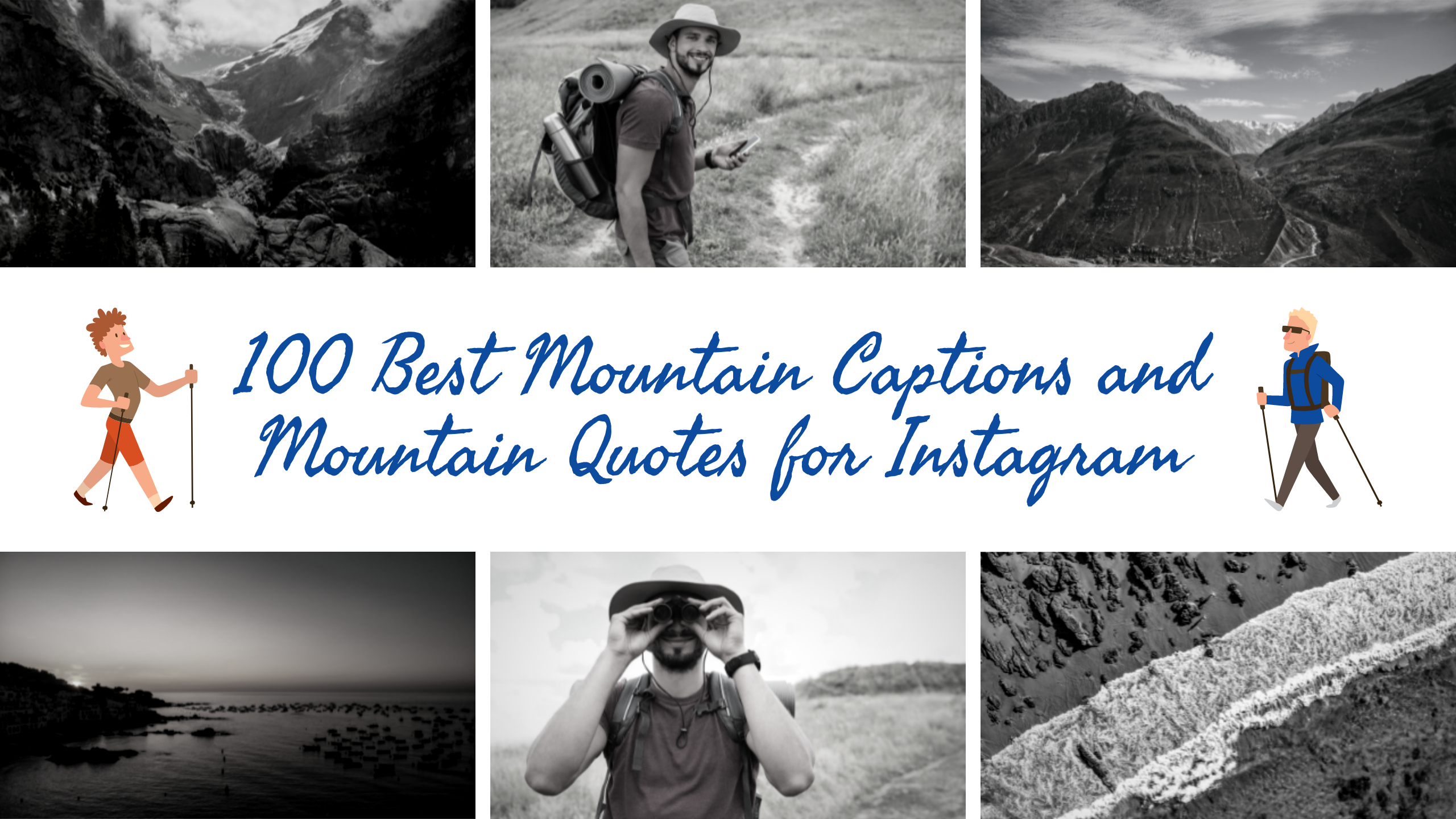

We use cookies to help you navigate efficiently and perform certain functions. You will find detailed information about all cookies under each consent category below.
The cookies that are categorized as "Necessary" are stored on your browser as they are essential for enabling the basic functionalities of the site. ...
Necessary cookies are required to enable the basic features of this site, such as providing secure log-in or adjusting your consent preferences. These cookies do not store any personally identifiable data.
Functional cookies help perform certain functionalities like sharing the content of the website on social media platforms, collecting feedback, and other third-party features.
Analytical cookies are used to understand how visitors interact with the website. These cookies help provide information on metrics such as the number of visitors, bounce rate, traffic source, etc.
Performance cookies are used to understand and analyze the key performance indexes of the website which helps in delivering a better user experience for the visitors.
Advertisement cookies are used to provide visitors with customized advertisements based on the pages you visited previously and to analyze the effectiveness of the ad campaigns.
Travel photography is a captivating form of visual storytelling that allows photographers to capture the essence of different places, cultures, and experiences. It involves documenting landscapes, architecture, people, customs, and moments encountered during one’s travels. Here are some key aspects to consider when engaging in travel photography:
## 1. **Research and Planning:**
– Familiarize yourself with the destination’s culture, customs, and local attractions.
– Identify popular landmarks as well as hidden gems that might provide unique photographic opportunities.
## 2. **Equipment:**
– A versatile camera (DSLR, mirrorless, or advanced compact) with interchangeable lenses is essential.
– Consider bringing a selection of lenses, including wide-angle for landscapes and architecture, and telephoto for candid shots or wildlife.
– Don’t forget spare batteries, memory cards, tripod, and any additional accessories.
## 3. **Composition and Framing:**
– Apply basic principles of composition like the rule of thirds, leading lines, and framing to create visually appealing photographs.
– Experiment with different angles and perspectives to add depth and interest to your shots.
## 4. **Lighting:**
– Utilize natural light to your advantage. Early morning and late afternoon often provide the most flattering and warm light.
– Experiment with backlighting, silhouettes, and shadows to add drama and mood to your images.
## 5. **Capturing Landscapes:**
– Use a tripod to ensure sharpness and stability, especially in low light conditions.
– Consider using graduated neutral density filters to balance exposure in high-contrast scenes.
## 6. **Including People:**
– Portraits of locals and fellow travelers can add a human element to your travel photography.
– Always ask for permission before taking someone’s photo, and respect their wishes if they decline.
## 7. **Storytelling and Narrative:**
– Aim to convey a sense of place and culture through your images. Tell a story with your photographs, capturing moments and emotions.
– Look for details, textures, and patterns that reflect the character of the destination.
## 8. **Editing and Post-Processing:**
– Use software like Adobe Lightroom or Photoshop to enhance your images. Adjust exposure, contrast, colors, and apply minor corrections.
– Be mindful not to over-process; aim for a natural and authentic representation of the scene.
## 9. **Ethical Considerations:**
– Respect local customs, laws, and privacy. Avoid taking photos in sensitive or restricted areas.
– Seek permission when photographing people, especially in culturally significant situations.
## 10. **Practice and Patience:**
– Photography is an evolving skill. Take the time to practice and experiment with different techniques and styles.
– Be patient and observant, waiting for the right moment or lighting conditions to capture your shot.
## 11. **Documenting Moments:**
– Keep a journal or notes about the places you visit. This can provide context and storytelling opportunities when sharing your photographs.
## 12. **Sharing and Showcasing:**
– Share your travel photography through social media, personal blogs, or platforms like Flickr or Instagram to inspire and connect with other travelers.
Remember, each destination offers its own unique photographic opportunities. Approach travel photography with an open mind, a curious spirit, and a willingness to embrace unexpected moments and experiences. Happy travels and happy shooting!